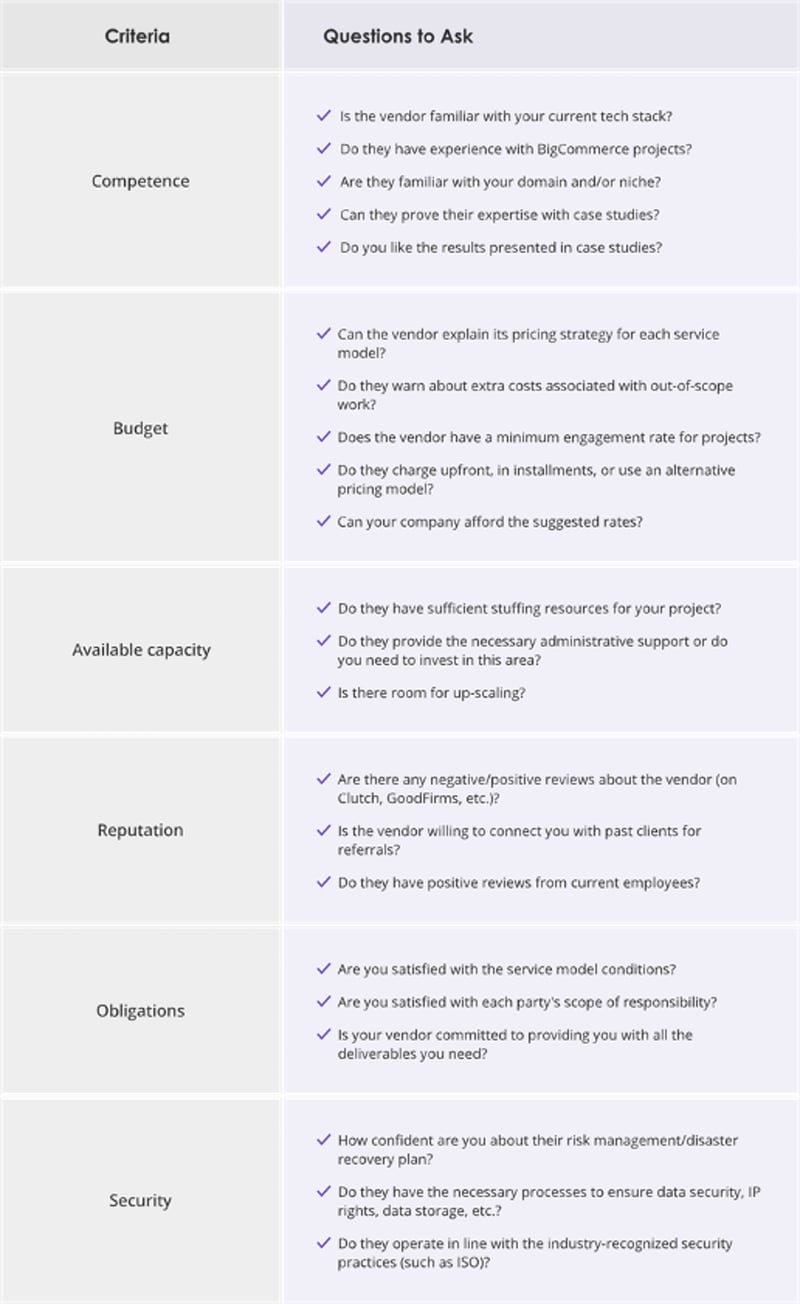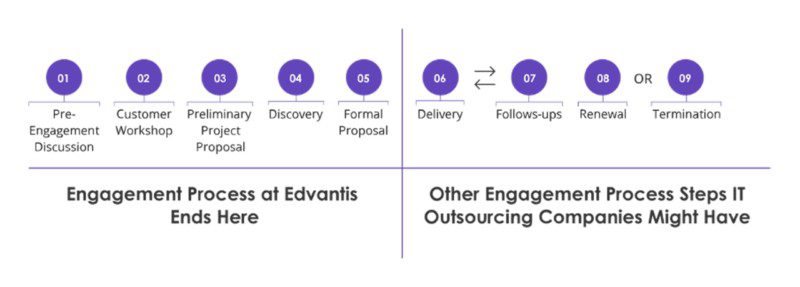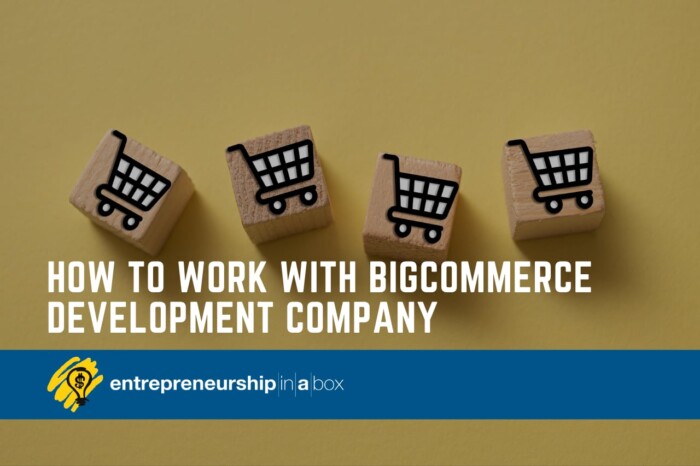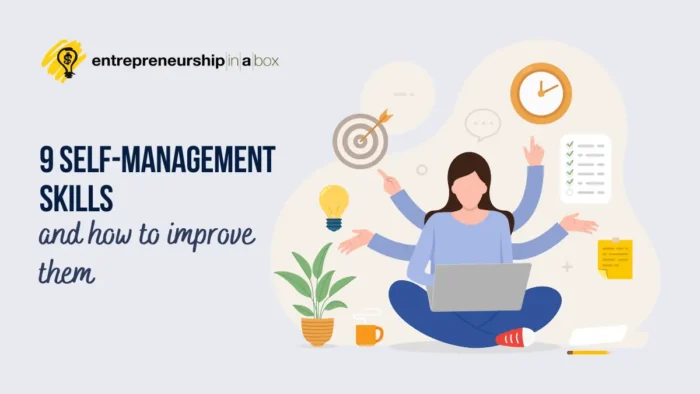You might need additional tech knowledge to grow your retail firm, embrace new channels, and enter new markets. Perhaps you’re considering a move to headless ecommerce, planning on adding a new payment processor, or enabling AI-powered autocomplete for site-wide searches?
Undoubtedly, core ecommerce functionalities are strong with modern platforms, like BigCommerce, that provide software as a service services to retailers. However, you’ll still need a tech collaborator to carry out the necessary development.
This article serves as an in-depth guide, that will help you find out how to pick a solid firm to assist you with BigCommerce development services.
Tips for Choosing a Reliable BigCommerce Development Company
The procedure of selecting a vendor is a difficult one. You risk trying to “construct the brick house with wooden sticks” or finding someone who cannot fulfil your needs if you show up unprepared. The following are characteristics of a BigCommerce Development company:
- Experience: They’re familiar with the intricacies of platform architecture and are aware of its benefits and drawbacks.
- Support: When businesses become BigCommerce-certified, they gain access to BigCommerce’s training and resource materials.
- Reliability: BigCommerce ensures it is qualified and can provide exceptional service by independently verifying its credentials and competencies.
If you want a productive working relationship with your vendor, you should look for one with direct and open communication lines and clear service conditions. Here’s a guide to finding a reliable IT partner.
1. Determine the Primary Aims of the Project
What is the overall plan for this project? A well-defined goal in mind and a clear understanding of what must be accomplished before beginning the vendor selection process are essential for productive cooperation.
More specifically, you should get ready to:
- Overview of the Project in General. Outline your long-term aims and priorities. To what end have you set out to accomplish this?
- Scope of duties anticipated. Detail the project’s expected outcomes, technical needs, and initial timeline.
2. Check Your Company’s Capabilities to Form Tech Alliances
You don’t just hand off technical tasks and sit back when collaborating with a software development vendor. Depending on the collaboration framework or BigCommerce development service model, you may be expected to plan and manage product backlogs, supervise employees directly, provide feedback, etc.
Knowing if you’re ready to outsource from a software provider is essential before moving in that direction. To ensure you are prepared, you should:
- Know how your outsourcing fits into your larger IT plan.
- Maintain a system to report problems upstream and update subordinates on developments.
- Consider how you will welcome new team members and teach them the ropes.
- Learn what new members should expect to pay for software licenses, subscriptions, and other equipment.
3. Compare Potential Suppliers across a Range of Measures
You’ve established an initial scope of the project and a working strategy for teamwork. Step two is to create a short list of potential suppliers. Remember that a vendor has been around for a while doesn’t mean they’re the most excellent fit for your company. Make a list of criteria with relative importance to choose the best option. Next, think about places where you can make concessions.

Once you’ve decided on a single provider, it’s time to start working together.
Procedures for Engaging a Vendor and Forming a Working Relationship
Outsourcing IT is a collaborative approach that is only half-structured. Since no two partnerships are the same, there is no one “best practice” for forming them.
Because of this, there is so much variation in the definitions and approaches to the engagement process throughout the software industry’s leading providers. For instance, Edvantis describes the engagement process as a series of actions beginning with client interaction and concluding with countersigning the contract.
The next step, delivery, is a distinct process. But, in other cases, competitors may include delivery in their definition of engagement.
Extended conversations, formalizing the exact scope of the project, and document countersignatures are constants in any successful engagement process. If your vendor wants to skip these processes and dive right into the job, you can expect higher expenses and a more complicated process to oversee.
Here Is How Edvantis, One of the BigCommerce Partners, Approaches New Software Development Projects with The BigCommerce Platform
1. Pre-Engagement Discussions
They go over the offered project specifics and ask for more information during the initial interaction (if needed). They need the following details from their clients to capture the spirit of your project:
- Aims of the Project: Summary of Required Actions
- Project goals: Why you’re doing it and what you want to accomplish.
- Specifications needed in the technical realm: Standards for coding in the production setting, etc.
- Expected scope of work: Details of the project’s outputs, scope, constraints, and expectations, as well as the team’s size, etc.
Currently, they recommend NDAs as a means for customers to feel safe and comfortable disclosing information. If you are new to IT outsourcing, you can also ask for a session in which they will address your concerns about operations, structure, and risk management.
2. Preliminary Proposal
With the data collected and assessed in the first phase, they can begin to draught a proposal for the project, which will include:
- The expected range of duties
- Example Designs for Services
- Project schedules and costs
Nonetheless, a preliminary proposal is always subject to revision since it serves as a guide for developing the final plan. The purpose of this text is to provide some framework for future conversations.
At Edvantis they also suggest a Discovery phase before submitting a proposal.

Discovery helps you have well-organized talks about your project’s scope, objectives, and needs. Its purpose is to help you formally define your project’s parameters and to pinpoint your ideal team makeup, technology stack, potential pitfalls, and growth plans.
1. Request for Proposal
After settling on a shared vision for the project, they compile all relevant information into a formal business proposal. Typical elements of a commercial proposal are:
- Overview for Executives
- An explanation of the issue and its solution
- Detailed Description of Services Provided
- Team composition
- Confining conditions and potential errors
- Items to be delivered
- Plans for the project
- Fees and due dates for payments
A formal proposal, as opposed to a tentative one, lays out the specifics of the collaboration and signals a readiness to formalize it through countersigned IT service contracts.
2. Engagement Kick-Off
Once the paperwork is signed, the partnership is formalized, and preparations may be made for the onboarding process.
What Obligations Do You and Your Supplier Have in a Co-Creation Agreement?
The foundation of any successful partnership is the willingness to share in the burdens of responsibility. Depending on the service model, you, the client, may be expected to help with project management and work allocation, provide input throughout the development phase, or both.
The service model establishes which tasks you and the vendor are responsible for. Edvantis, for example, offers three distinct service models.
- Staff Augmentation: Administrative support and access to sourced professionals specifically for your needs are also provided.
- Managed Team: When you hire them, they’ll assemble a multidisciplinary group you’ll help manage together.
- Managed Project: You supply input and needs, and they oversee the project and team.
When A Project Is Over, What Comes Next?
- When a project is complete, the modifications are released into production and evaluated. But, the project’s conclusion does not have to spell the end of the relationship. Two alternative outcomes are also possible.
- One possible scenario is revoking the old partnership terms for the new project.
- You can either continue the ongoing work or start something brand new.
In Case Two, They Enter A Maintenance State
An Edvantis support team of fewer people will stay on to ensure the continued smooth functioning of your custom solution.
Final Thoughts
The time and effort spent finding the right IT partner are undoubtedly worth it. The proper vendor will provide you with well-structured engagement processes, strategic guidance, and relevant knowledge.
Finding the correct technology partner need not be difficult now that you know how IT outsourcing relationships function. Edvantis offers an extensive knowledge base and expertise to help you find answers to any question you may have.





